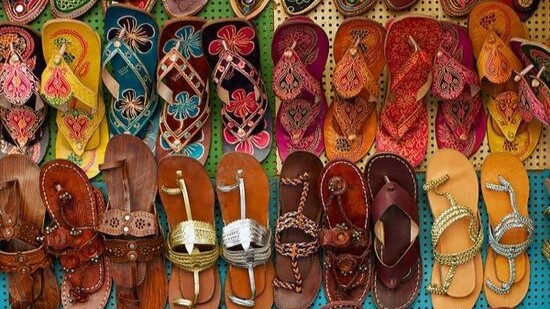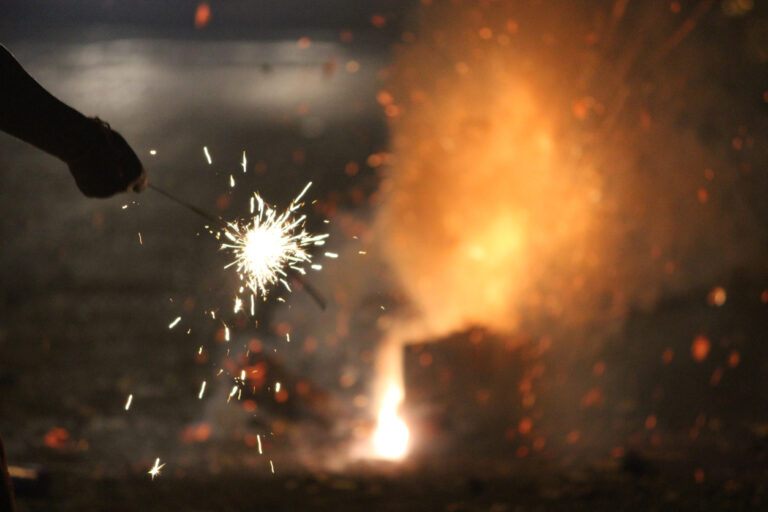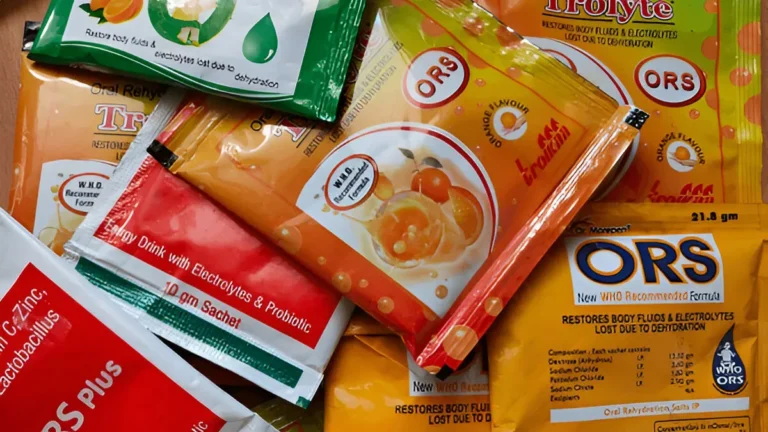
Prada has been under fire for Cultural Appropriation of Kolhapuri Sandals. It seems like Meryl Streep will be wearing stolen designs in the ‘The Devil Wears Prada’ sequel.
Kolhapuri Chappals originated in the town of Kolhapur, Maharashtra, and have been handcrafted by local artisans for over 800 years. Emerging during the 12th century, these sandals quickly gained cultural importance. Artisans crafted them using tanned leather and intricate hand-stitching, without nails or synthetic materials. This made the chappals both durable and environmentally conscious. While farmers and laborers initially wore them for their practicality, Kolhapuris gradually evolved into a symbol of heritage craftsmanship. It has passed down through generations in Kolhapur, and nearby regions.
In recognition of their cultural and historical value, Kolhapuri chappals received Geographical Indication (GI) status in 2019. This marked a significant step forward: It aimed to protect the sandals from ‘mass market imitation’ while promoting fair recognition and economic support for the artisan communities behind them. As a result, GI status didn’t just safeguard tradition dating centuries- It also brought visibility to the hands that continue to shape and carry the legacy forward.

The Prada Slip
After facing backlash over its new footwear line, Prada has officially acknowledged the Indian roots of its design one step too late. The luxury brand unveiled a pair of open-toe, braided leather sandals at Milan Fashion Week SS26. They bore a striking resemblance to the traditional Kolhapuri chappals, a staple handmade in the states of Maharashtra and Karnataka.
Initially, Prada described the sandals simply as “leather footwear,” without any mention of their Indian origin. This overview sparked outrage on social media and beyond, with many accusing the brand of cultural appropriation. In India, Kolhapuris are not just sandals, they are a symbol of heritage. They have been around for centuries, crafted with meticulous skill. Meanwhile, Prada’s version retails for over a thousand dollars, a vast contrast to their humble, accessible roots.
Acknowledging the Source

What many found particularly upsetting wasn’t just the lack of acknowledgment, but the lack of credits of the craftsmanship behind the design. Giving credit to artisans isn’t just about recognition but also respect and fairness. These designs, passed down through generations, are living traditions. When global brands repurpose them without credit or collaboration, it raises serious questions. It is a modern-day attitute towards colonialism, bordering on exploitation.
When BBC News had visited Kolhapur and showed local artisans the now-infamous “Prada sandals” priced at over $1,000, disbelief was more than evident. Sadashiv Sanake, a traditional shoemaker, looked at the luxury label’s version of the iconic Kolhapuri chappal and asked:
“Does it have gold that it costs so much?”
His reaction captures the growing disconnect between global fashion houses capitalizing on traditional crafts and the communities that have practiced them for generations.
This isn’t an isolated case either. Take, for example, the recent trend of the so-called “Scandinavian scarf”; which many in India recognized instantly as the traditional dupatta. Rebranding without recognition continues to feed a cycle where Western labels profit off the aesthetics of cultures they fail to properly represent.
Prada’s Far-Fetched Response
Artisans, social media users, and officials, including Kolhapur’s Chamber of Commerce, have also further criticized the move. They argue that it is cultural appropriation and profit-driven exploitation. Undeniably, Prada uses a handcrafted design with geographical indication status without properly acknowledging its cultural roots.
In response to the controversy, Prada sent a team to Kolhapur to meet with local artisans and document the sandal-making process. The brand is now reportedly in talks to collaborate directly with the artisans and the craftspeople- A step that feels like both a gesture of reconciliation and an overdue acknowledgment of their artistry.
While this move is a welcome change, it also raises a question of why it takes public outrage for recognition to happen? As global fashion continues to draw from diverse cultural roots, the industry must do more than borrow. They must listen, include, and give credit where it is due.
For more such articles, keep up with us at The World Times!



